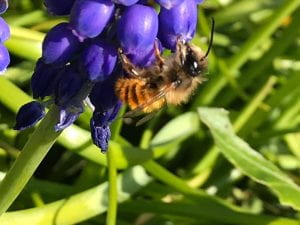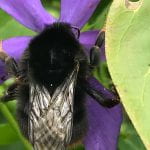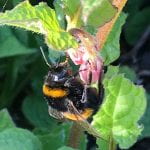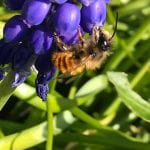The biggest bang for your buck with bees (and other pollinators)
 I have been looking a lot at lists of plants for bees and butterflies because I made myself a promise that this year I would add plants to the wildlife plot so that there would at least one more that flowers each month.
I have been looking a lot at lists of plants for bees and butterflies because I made myself a promise that this year I would add plants to the wildlife plot so that there would at least one more that flowers each month.
So many people have lists and they each have different plants on them which I think suggests that actually it is quite site specific and what bees in one part of the country go for is not always the same across the country. Lists that I use are:
- RHS – very good list of loads of plants classified according to when they flower. I am using the plants for gardens list but they also have a wildflower list and a plants of the world list. The wildflower list has plants for ponds so that will be useful. They also have three research papers based around Plants for Bugs – bees and other pollinators, plant-dwelling invertebrates and ground-active invertebrates with some interesting findings which I will talk about in a separate post.
- The Wildlife Trust doesn’t have the biggest list but almost everything that is on it is in the wildlife garden – not surprising because the whole plot was set up by the Devon branch.
- The Bumblebee Conservation Trust has plants divided into groups according to whether they are shade or sun-loving.
- The Butterfly Conservation trust has a list of plants for butterflies, many of which are on the RHS list but also has a caterpillar food plant list.
- Goulson Lab created by Dave Goulson, an expert on bees and other insects in the garden, has a list with stars for their desirability by pollinators.
Bang for your buck!
So, what has proved most popular on the Exmouth Hamilton Lane wildlife garden? In March and April, the plants that have had the most pollinators are:

Red-tailed bumble bee on Vinca major

Buff or white-tailed bumble bee on Symphytum ‘Hidcote Pink’.

Something unidentified yet on the grape hyacinth
- Vinca major – this has been full of a range of bumble bees and other pollinators (Western bee-fly) and yet is not a plant on any of the lists!
- Skimmia japonica – this plant hums with pollinators every time you walk past it and smells delicious
- Symphytum ‘Hidcote Pink’ – this is a member of the comfrey family and drips with pollinators in both the sun and semi-shade. Again, this particular type of comfrey does not appear on the lists.
- Grape hyacinths for pollinators other than bumble bees